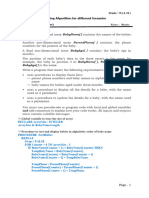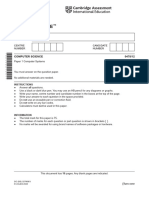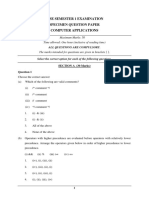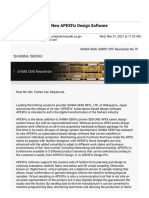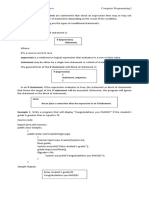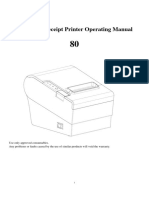100% found this document useful (3 votes)
3K views55 pagesCambridge - IGCSE - ComputerScience - Chapter (7&8) Notes
Uploaded by
highbrowedu23.mmCopyright
© © All Rights Reserved
We take content rights seriously. If you suspect this is your content, claim it here.
Available Formats
Download as PDF, TXT or read online on Scribd
100% found this document useful (3 votes)
3K views55 pagesCambridge - IGCSE - ComputerScience - Chapter (7&8) Notes
Uploaded by
highbrowedu23.mmCopyright
© © All Rights Reserved
We take content rights seriously. If you suspect this is your content, claim it here.
Available Formats
Download as PDF, TXT or read online on Scribd
/ 55



































